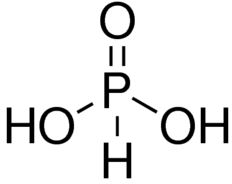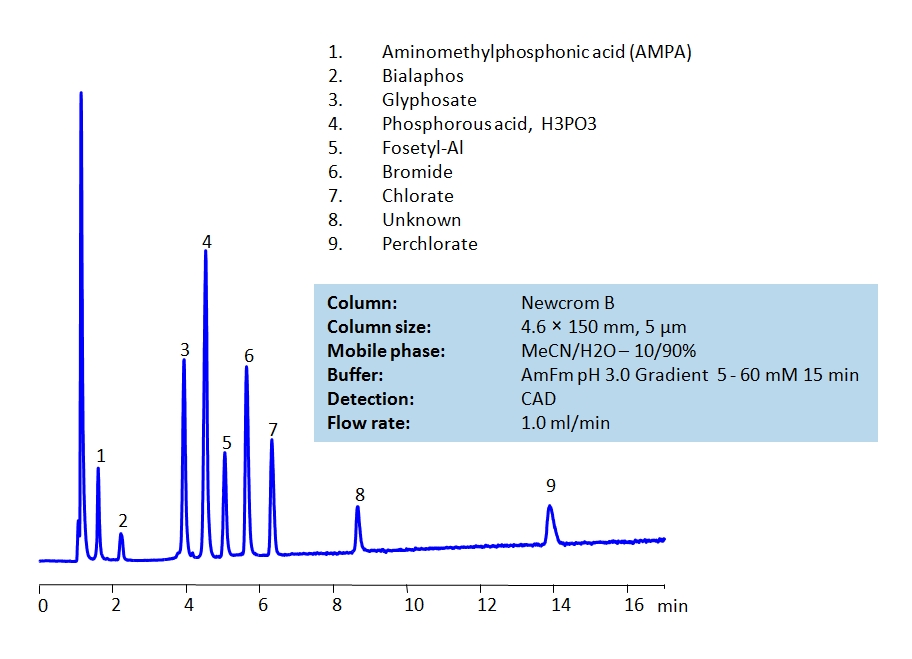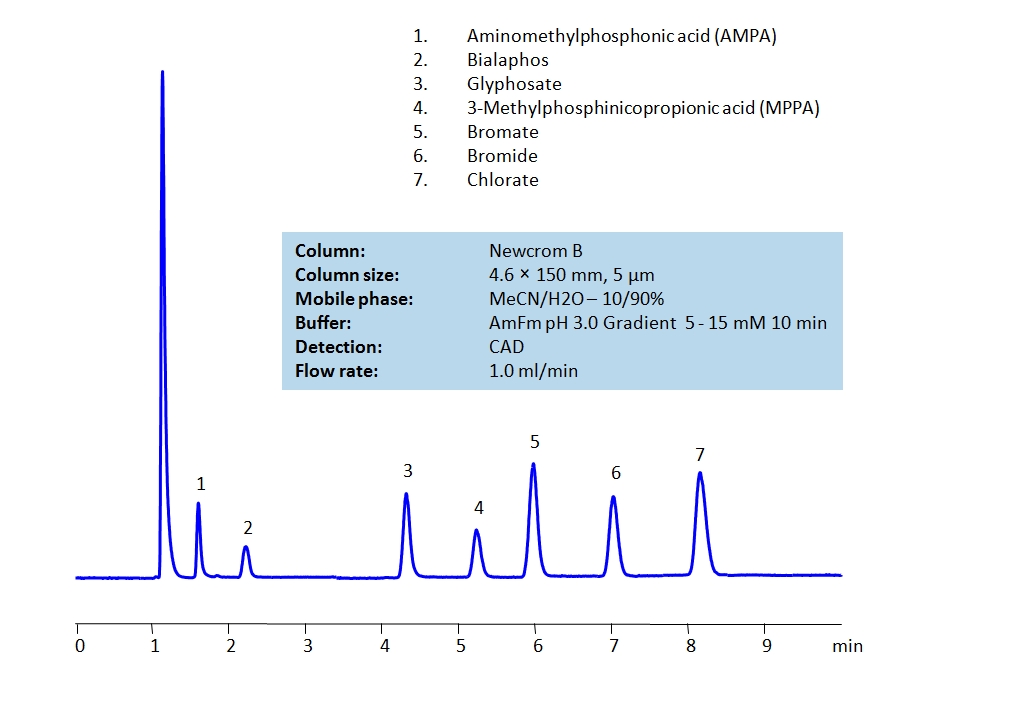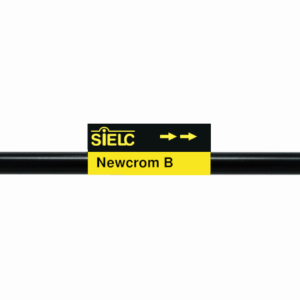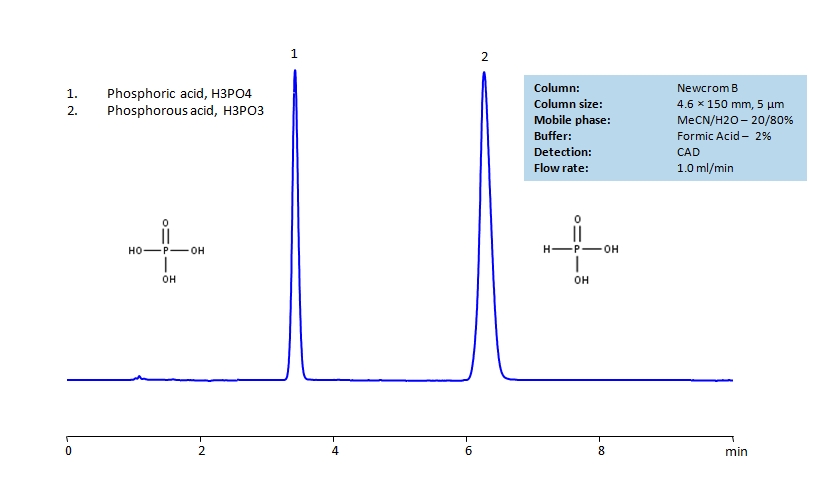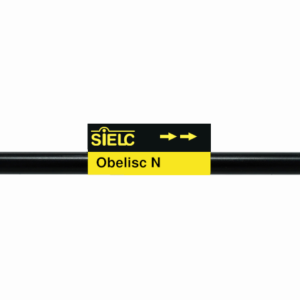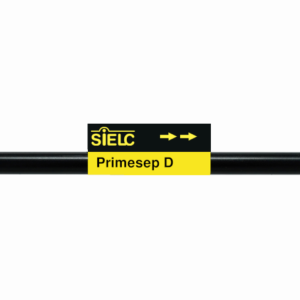| CAS Number | 10294-56-1 |
|---|---|
| Molecular Formula | H3O3P |
| Molecular Weight | 81.995 |
| InChI Key | OJMIONKXNSYLSR-UHFFFAOYSA-N |
| LogP | 1.15 |
| Synonyms |
|
Applications:
UV-Vis Spectrum of Phosphorous acid
December 24, 2025
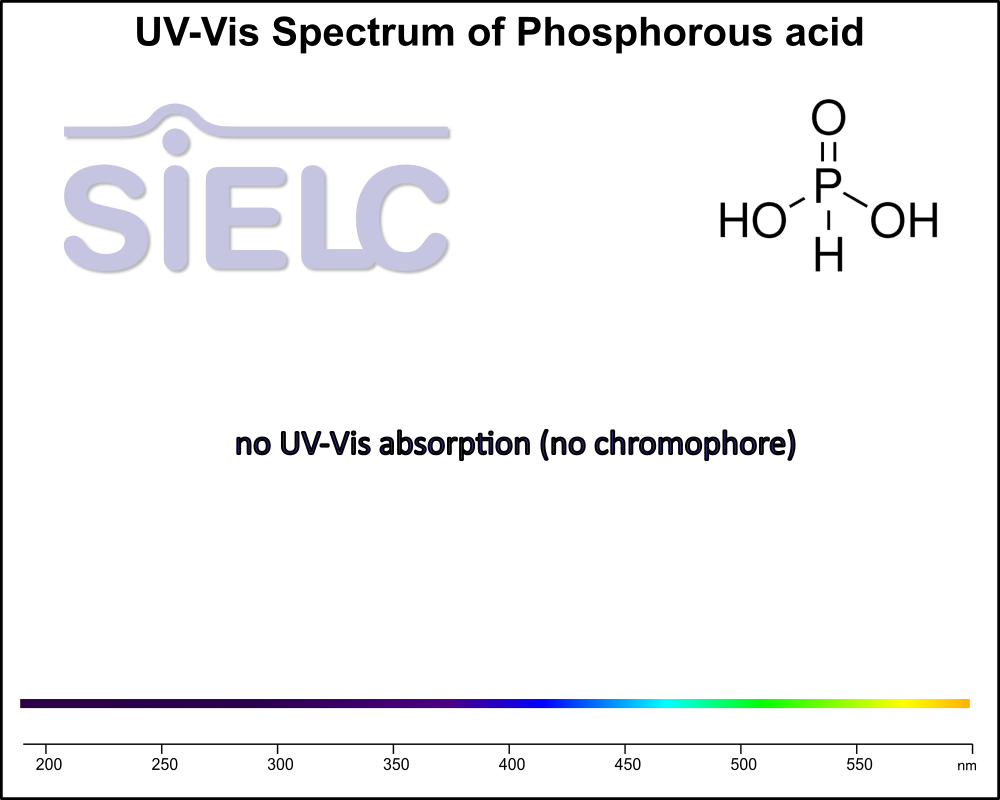
If you are looking for optimized HPLC method to analyze Phosphorous acid check our HPLC Applications library
For optimal results in HPLC analysis, it is recommended to measure absorbance at a wavelength that matches the absorption maximum of the compound(s) being analyzed. The UV spectrum shown can assist in selecting an appropriate wavelength for your analysis. Please note that certain mobile phases and buffers may block wavelengths below 230 nm, rendering absorbance measurement at these wavelengths ineffective. If detection below 230 nm is required, it is recommended to use acetonitrile and water as low UV-transparent mobile phases, with phosphoric acid and its salts, sulfuric acid, and TFA as buffers.
For some compounds, the UV-Vis Spectrum is affected by the pH of the mobile phase. The spectra presented here are measured with an acidic mobile phase that has a pH of 3 or lower.

HPLC Separation of Polar Pesticides on Newcrom B Column
November 19, 2020
HPLC Method for Glyphosate, Phosphorous acid, Fosetyl-Al, Bromide, Chlorate, Perchlorate, Bialaphos, Aminomethylphosphonic acid (AMPA), Bromate, Sodium Bromate, 3-(Methylphosphinico)propionic acid on Newcrom B by SIELC Technologies
High Performance Liquid Chromatography (HPLC) Method for Analysis of Glyphosate, Phosphorous acid, Fosetyl-Al, Bromide, Chlorate, Perchlorate, Bialaphos, Aminomethylphosphonic acid (AMPA), Bromate, Sodium Bromate, 3-(Methylphosphinico)propionic acid.
Pesticide is a more generic term that includes herbicides, fungicides and insecticides in its definition. Herbicides are used to control unwanted plants, they are also known as weedkillers. Insecticides are used to kill insects. Fungicides are used to kill parasitic fungi. All are heavily used in agriculture. By using HPLC, many different pesticides can be separated and their retention characteristics controlled using the Newcrom B mixed-mode column.
| Column | Newcrom B, 4.6 x 150 mm, 5 µm, 100 A, dual ended |
| Mobile Phase | MeCN/H2O – 10/90% |
| Buffer | AmFm pH 3.0 Gradient 5 – 60 mM 15 min |
| Flow Rate | 1 ml/min |
| Detection | CAD |
| Column | Newcrom B, 4.6 x 150 mm, 5 µm, 100 A, dual ended |
| Mobile Phase | MeCN/H2O – 10/90% |
| Buffer | AmFm pH 3.0 Gradient 5 – 15 mM 10 min |
| Flow Rate | 1 ml/min |
| Detection | CAD |
| Class of Compounds | Pesticides, Herbicides, Fungicides, Insecticides |
| Analyzing Compounds | Glyphosate, Phosphorous acid, Fosetyl-Al, Bromide, Chlorate, Perchlorate, Bialaphos, Aminomethylphosphonic acid (AMPA), Bromate, Sodium Bromate, 3-(Methylphosphinico)propionic acid |
Application Column
Newcrom B
Column Diameter: 4.6 mm
Column Length: 150 mm
Particle Size: 5 µm
Pore Size: 100 A
Column options: dual ended
Aminomethylphosphonic acid (AMPA)
Bialaphos
Bromate
Bromide
Chlorate
Fosetyl-Al
Glyphosate
Perchlorate
Phosphorous acid
Sodium Bromate

HPLC Separation of Phosphoric and Phosphorous Acids on Newcrom B Column
March 11, 2020
HPLC Method for Phosphoric Acid, Phosphorous acid on Newcrom B by SIELC Technologies
High Performance Liquid Chromatography (HPLC) Method for Analysis of Phosphoric Acid, Phosphorous acid.
Phosphoric acid is an inorganic compound with chemical formula H3PO4. It is odorless and colorless, which leads to it’s common use in soft drunks to help preserve the product. It is also used in fertilizers, metal treatment, and corrosion inhibition. Excessive intake of it is not recommended.
Phosphorous acid is a compound with chemical formula H3PO3. It’s most important use is considered to be the production of basic lead phosphite, which is a stabilizer in PVC. It is also used as a reducing agent and in the production of synthetic fibers, organophosphorus pesticides, and the water treatment agent ATMP.
| Column | Newcrom B, 4.6 x 150 mm, 5 µm, 100 A, dual ended |
| Mobile Phase | MeCN/H2O – 20/80% |
| Buffer | Formic Acid – 2% |
| Flow Rate | 1.0 ml/min |
| Detection | CAD (Corona) MS- compatible mobile phase |
| Class of Compounds | Hydrophilic, Acid |
| Analyzing Compounds | Phosphoric Acid, Phosphorous acid |
Application Column
Newcrom B
Column Diameter: 4.6 mm
Column Length: 150 mm
Particle Size: 5 µm
Pore Size: 100 A
Column options: dual ended
Phosphorous acid

HPLC Separation of Phosphorous and Phosphoric Acids
July 10, 2012
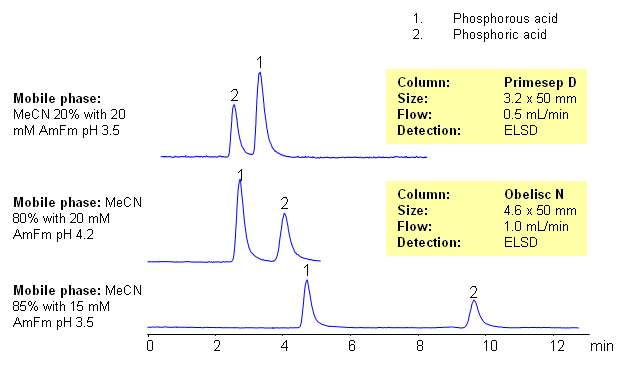
Application Notes: Phosphorus and phosphoric acid were separated on Obelisc N and Primesep D columns. On Obelisc N both acids retained by combination of HILIC and anion-exchange mechanisms. OnPrimesep D these inogranic acids are retained by anion-exchange mechanism. Both columns and methods can be used for analysis of hydrophilic organic and inorganic acids with multi-mode or single mode approach
Application Columns: Primesep D, Obelisc N
Application compounds: Phosphorous Acid, Phosphoric Acid
Detection technique: UV, LC/MS, ELSD/CAD
| Column | Primesep D, 3.2×50 mm, 5 µm, 100A |
| Mobile Phase | MeCN |
| Buffer | AmFm |
| Flow Rate | 0.5 ml/min |
| Detection | ELCD |
| Column | Obelisc N, 4.6×50 mm, 5 µm, 100A |
| Mobile Phase | MeCN |
| Buffer | AmFm |
| Flow Rate | 1.0 ml/min |
| Detection | ELSD |
| Class of Compounds |
Acid, Fungicide, Hydrophilic, Ionizable |
| Analyzing Compounds | Phosphorous Acid, Phosphoric Acids |
Application Column
Obelisc N
SIELC has developed the Obelisc™ columns, which are mixed-mode and utilize Liquid Separation Cell technology (LiSC™). These cost-effective columns are the first of their kind to be commercially available and can replace multiple HPLC columns, including reversed-phase (RP), AQ-type reversed-phase, polar-embedded group RP columns, normal-phase, cation-exchange, anion-exchange, ion-exclusion, and HILIC (Hydrophilic Interaction Liquid Chromatography) columns. By controlling just three orthogonal method parameters - buffer concentration, buffer pH, and organic modifier concentration - users can adjust the column properties with pinpoint precision to separate complex mixtures.
Select optionsPrimesep D
The Primesep family of mixed-mode columns offers a wide variety of stationary phases, boasting unprecedented selectivity in the separation of a broad array of chemical compounds across multiple applications. Corresponding Primesep guard columns, available with all stationary phases, do not require holders. SIELC provides a method development service available to all customers. Inquire about our specially-tailored custom LC-phases for specific separations.
Select optionsPhosphorous acid
UV Detection

